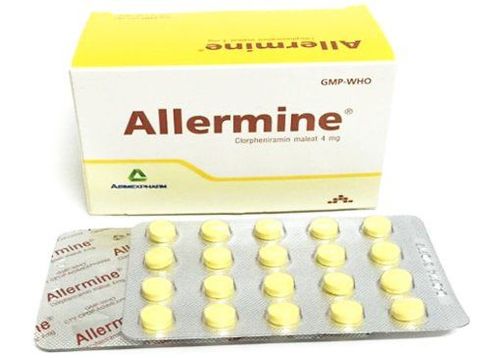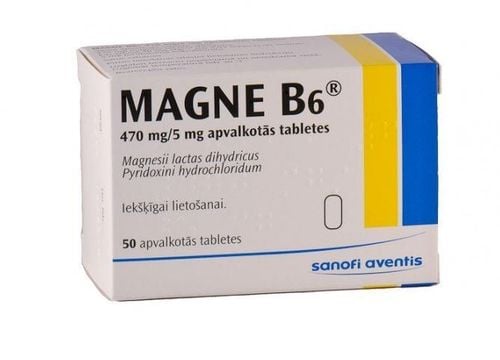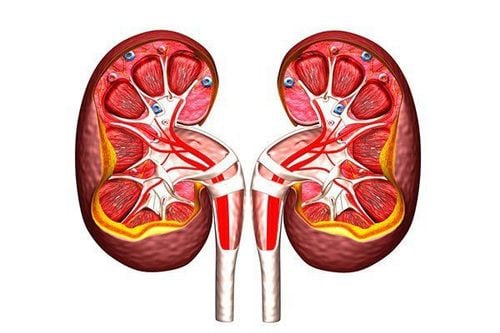Supirocin contains the active ingredient mupirocin, an antibiotic used to treat skin infections and prevent catheter-related and post-operative wound infections. Mupirocin exerts its antibacterial effect by specifically binding to bacterial isoleucyl transfer-RNA synthetase, thereby inhibiting protein synthesis and RNA synthesis.
1. Uses of Supirocin
Supirocin, containing mupirocin, is an antibiotic commonly used for the local treatment of skin infections and for the prevention of catheter-related and post-operative wound infections. Mupirocin is produced by Pseudomonas fluorescens and has a unique structure compared to other antibiotics. ts mechanism of action involves specific, reversible binding to the bacterial enzyme isoleucyl transfer-RNA synthetase, thereby inhibiting protein synthesis and RNA production. Due to this mechanism of action, the emergence of mupirocin-resistant staphylococci in vitro studies has been low, and cross-resistance with other topical antibiotics has not been observed.
Topical mupirocin has very low bioavailability (approximately 0.24%). Mupirocin penetration is enhanced when the wound is covered with a dressing or when applied to broken skin. Mupirocin is slowly metabolized in the skin to monic acid, an inactive metabolite. Only a very small amount of mupirocin is absorbed, metabolized, and primarily excreted by the kidneys. Supirocin may be indicated in the following cases:
Used topically to treat primary and secondary skin infections caused by susceptible bacteria such as impetigo, burns, infected wounds, and chronic ulcers.,...
Prevention of catheter-related infection and prevention of post-operative wound infection.
2. Usage of Supirocin 5g
Supirocin 5g ointment is applied topically. The specific dosage is as follows:
Adults
The recommended dose is to apply a thin layer of Supirocin ointment 5g to the infected area 2-3 times daily for 5-10 days for patients with primary and secondary skin infections. The treated area may be covered with a gauze dressing if necessary. Note that Supirocin should only be used to treat wounds that are 10 cm or less in length or 100 cm² or less in area. If there is no improvement after 3-5 days of treatment, discontinue use and consult a doctor. Patients with more severe infections may require a longer treatment duration. If systemic signs of infection occur, systemic antibiotics may be necessary.
Children
Existing data indicates that Mupirocin ointment is safe and effective when applied topically to children 2 months to 16 years of age. The safety and efficacy of mupirocin ointment in infants younger than 2 months have not been established and therefore should not be used in this individuals. For impetigo, a small amount of mupirocin can be applied to the affected area 3 times daily. If there is no improvement after 3-5 days of treatment, discontinue use and consult a doctor. The application method for children is similar to that for adults, but it is best to use a smaller amount of ointment and a longer interval between applications.
3. What to do in case of Supirocin overdose?
Current data indicate that IV administration of 252 mg mupirocin and oral administration of a 500 mg dose of mupirocin is well-tolerated in healthy adult volunteers. There is limited data available on the use of mupirocin ointment. To date, there have been no reported cases of mupirocin ointment overdose. Due to the very low systemic absorption of mupirocin through the skin, overdose is extremely rare.
4. What are the side effects of Supirocin?
Common, ADR >1/100
Patients may experience burning, itching, pain or prickling sensation at the site of application
Infrequent, rare, ADR < 1/100:
- Local: Rash, dry skin, swelling, skin hypersensitivity, contact dermatitis, increased exudate.
- Systemic: Nausea, vomiting.
Instructions for handling ADR
When experiencing side effects of Supirocin, patients need to stop using the drug and contact their doctor or seek medical attention immediately.
5. Precautions when using Supirocin
- Supirocin is contraindicated in patients with known or suspected hypersensitivity to Mupirocin or any of the excipients.
- Supirocin ointment contains polyethylene glycol, and should not be applied to broken skin, extensive wounds, or burns, as polyethylene glycol can be absorbed and subsequently excreted by the kidneys. Supirocin should also be avoided in cases where there is a potential for significant absorption of polyethylene glycol, especially in patients with moderate to severe renal failure.
- Do not use the medication for eye drops, oral ingestion, or vaginal application.
- For external use only. Avoid applying excessive amounts over a large area. Use with caution in conditions that may increase drug absorption, such as applying a large amount, prolonged application, application to damaged skin, and occlusive dressings.
- Prolonged use of medication can lead to the development of drug-resistant microorganisms.
- Driving and operating machinery: The drug has no known side effects on Driving and operating machinery.
- Pregnancy: Animal studies do not always predict human response to drugs. Therefore, this medication should be used during pregnancy only if clearly needed.
- Breastfeeding: It is unclear if this medication passes into breast milk. Use with caution while breastfeeding.
- Drug Interactions: Interactions between topical mupirocin and other systemic or topical drugs have not been extensively studied. However, because mupirocin is very poorly absorbed through the skin, drug interactions with systemic agents are unlikely.
In summary, mupirocin ointment is used to treat or prevent skin infections caused by susceptible bacteria. As with other antibiotics, overuse can increase antibiotic resistance. Therefore, patients should not self-medicate but should consult a medical professional before using.
To arrange an appointment, please call … or make your reservation directly HERE. You may also download the MyVinmec app to schedule appointments faster and manage your reservations more conveniently.













